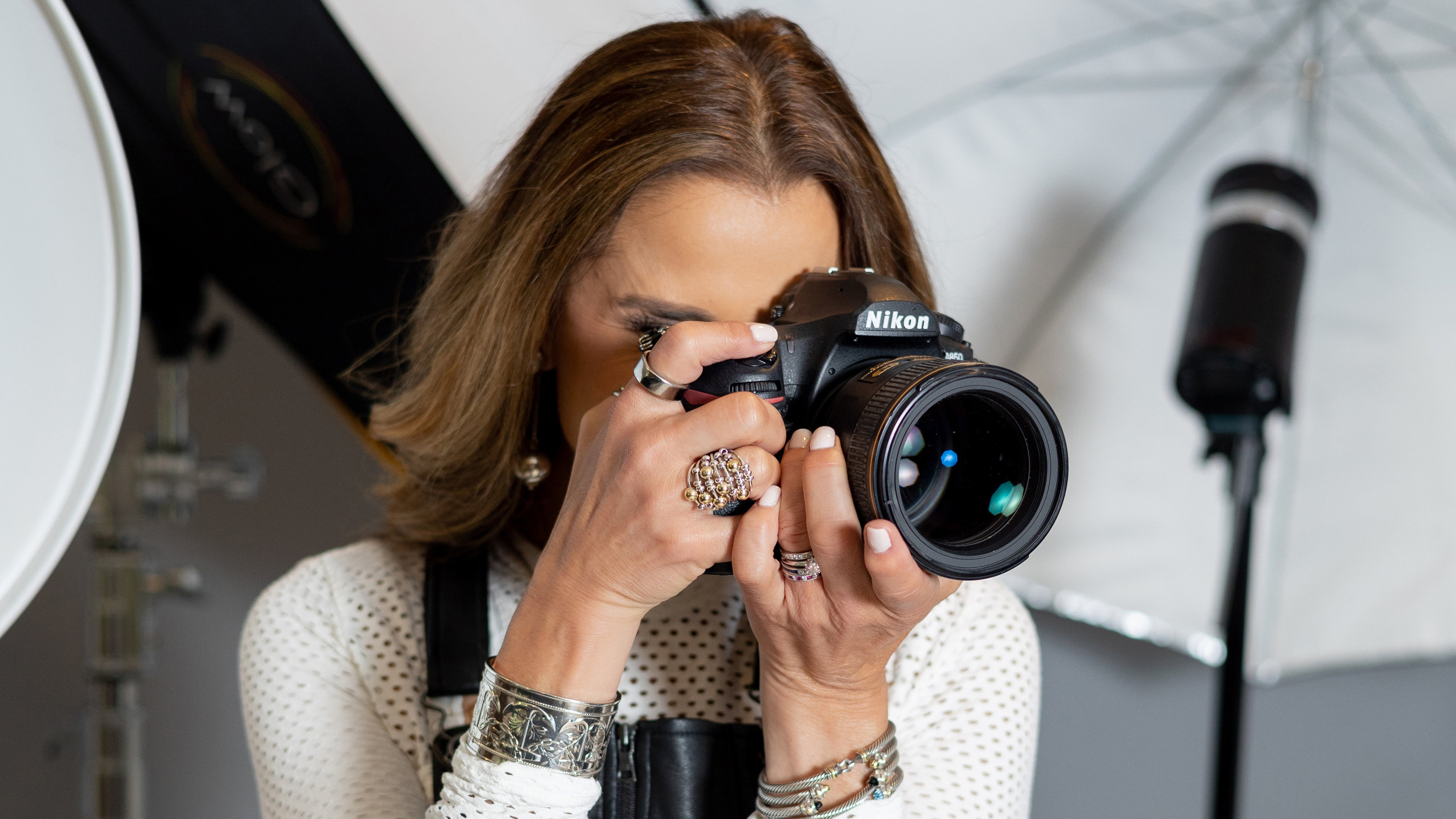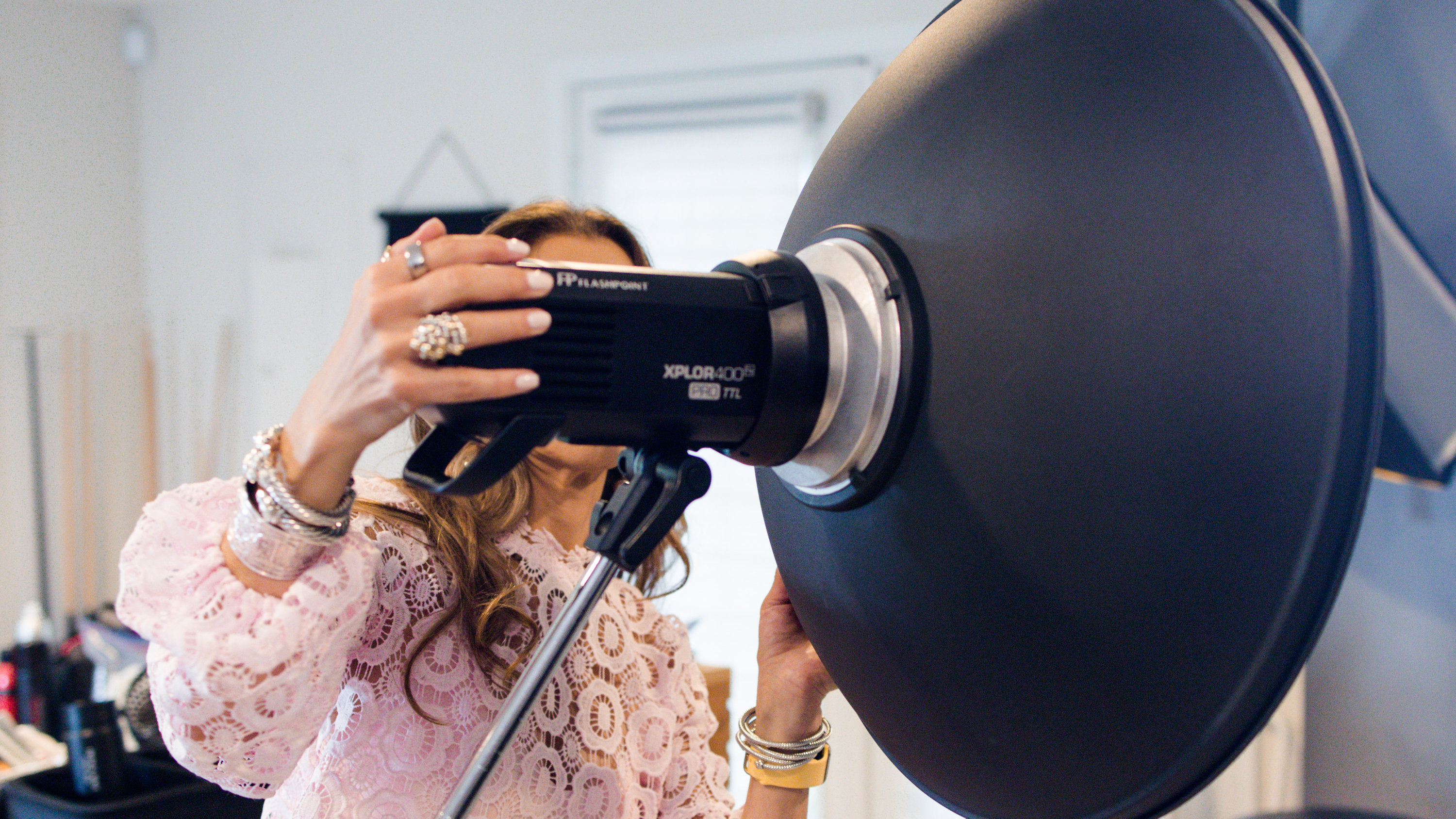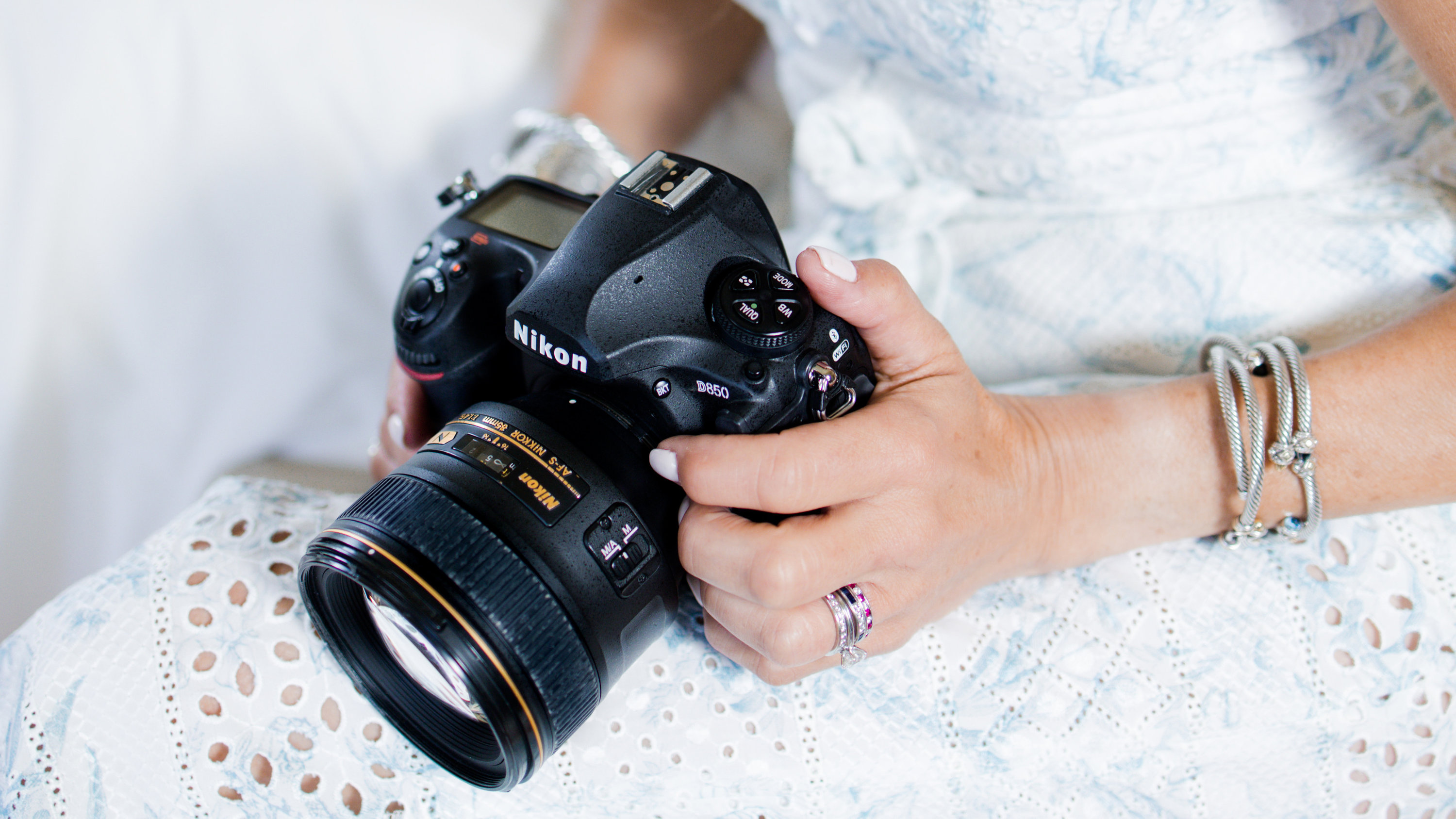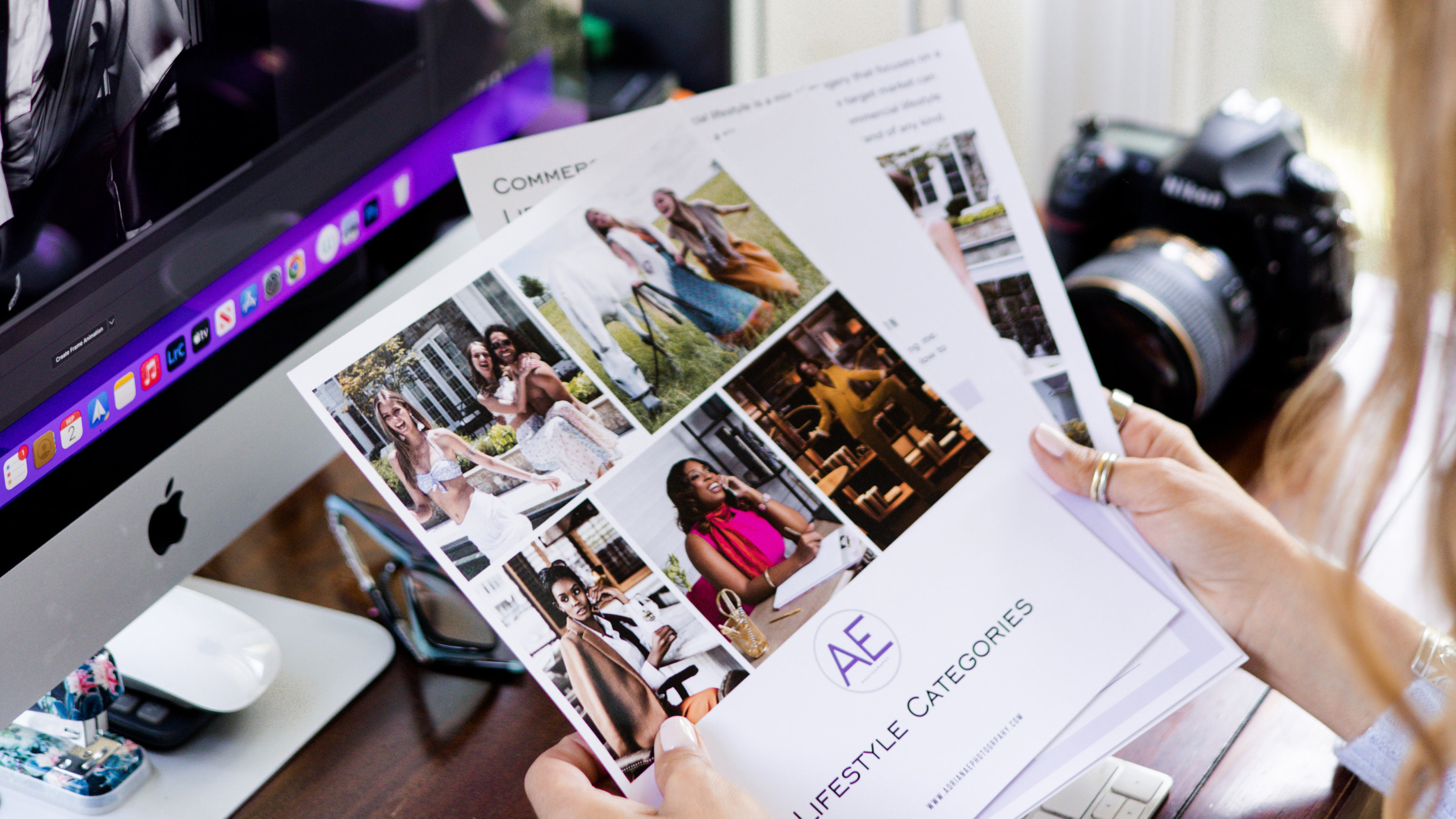Illustration by Walled Culture
INTELLECTUAL PROPERTY EXISTS IN PHOTOGRAPHY
Maneuvering through copyright laws can be perplexing. When I first began shooting, copyright photograph laws seemed overwhelming and complex—I wasn't sure where to start!My clients, too, are often uncertain about the legal ramifications of using their photographs:
- Could they print them for personal or commercial use?
- Would they be able to use them on their company website or other marketing materials?
Plus, I needed to be able to respond to questions and provide advice in any scenario.
Yes, it was my responsibility to make sure I had the answers.
To simplify your understanding of these critical regulations, I've compiled a list of 10 essential points that you should be aware of.

Photo credit: Andrea Salazar Photography
What is the Intellectual Property Law?
Intellectual property law is a broad term that refers to the legal protection of creative or artistic works, particularly copyright, and trademarks. This means it safeguards written work, inventions, sound, images, symbols, logos—and in this case—photographs.What are Copyright Photographs?
Copyright photographs are images that have been captured or created by a photographer, copyrighting the image and protecting it from unauthorized usage.Copyright protection is provided for creative works—such as photographs—that are tangible and fixed in a medium with copyrightable elements.
Copyright law protects the physical photograph itself, but also extends to digital files of the photograph, as they are copyrightable works.
Copyright laws grant photographers the exclusive right to reproduce and distribute copies of their work, as well as prepare derivative works—such as digitally altering a photograph or adding elements to it.
Any unauthorized usage of copyright photographs without permission—this includes printing, copying, displaying, or altering photographs—constitutes copyright infringement.

Photo credit: Andrea Salazar Photography
What Rights Does a Photographer Have?
A photographer has the exclusive right to control how their creative works are used and distributed, based on copyright law.This includes the right to:
- reproduce,
- prepare derivative works from,
- distribute copies of,
- publicly display or perform,
- digitally transmit, and
- license the copyrighted photograph.
Everything from who the copyrighted picture can be licensed to, for what purpose, and the duration of usage must be agreed upon between the copyright photographer and their client.
What Rights Does a Client Have?
As for you, the client, you have the right to negotiate and agree upon a license with the copyright photographer that allows you to use their images in a legal and authorized manner.This includes using them in your materials, website, advertisements, marketing campaigns, etc.
The terms of use must be specified in an agreement between you and the photographer before any usage rights are granted.
This will provide clarity to both parties in regard to the specifics of how, why, and where the images can be used.

Photo credit: Andrea Salazar Photography
10 Things You Need to Know About Copyright in Photography
Now that you understand the fundamentals, it's time to arm yourself with the 10 copyright and photography laws you can't afford to miss:1. While you may possess it, that doesn't always guarantee total ownership.
Buying printed photos or a photo shoot does not necessarily grant you access to do whatever you want to with the copyrighted photographs.Whoever took or owns the photograph still holds exclusive rights to its copyright, and you must ask them for permission before you can use it in any way—this includes printing, copying, displaying, or altering photographs.
2. Images you find online are copyrighted unless otherwise noted.
Despite photographs online being readily available, they remain under copyright law.Therefore, unless the photographer explicitly states that you may use them freely, it is always wise to assume these images are protected by copyright and cannot be utilized without permission from the rightful owner of the photograph.
3. Always ask for permission.
I may have mentioned this before, but it bears repeating—always ask for permission!Never print, post, or reproduce a copyrighted photograph without written permission from the photographer.
Even if you are given verbal permission to use a copyrighted photograph and/or its digital files, it's crucial to create a formal agreement in writing that specifies what usage rights have been granted.
For example, a good copyright agreement would state that the photograph can be used for non-commercial purposes only, and cannot be altered in any way.
This protects both you and the photographer, as it sets clear expectations for the usage of copyrighted material.
4. No need to include a copyright symbol on images.
US copyright law is clear that using the copyright symbol or notice of copyright is not a requirement to protect a photographer's work—their images belong to them regardless of whether they label them when publishing them or not. However, including a copyright notice serves as a great reminder to viewers that the image is copyrighted and cannot be used without consent.If a photographer chooses to present the copyright, it should be shown in this customary format:
- © 'Year', 'photographer's name/business'
- Copyright 'Year', 'photographer's name/business'
5. The difference between licensing and copyright.
The photographer owns the snapshot's copyright, which cannot be taken away.However, copyright photographers can license out their photographs for use in a variety of contexts.
This means that once an agreement has been made between the photographer and client, the image can be used within those parameters specified in writing.
Those parameters include:
- licensing period
- geography/region
- number of images
- exclusivity vs. non-exclusivity
- licensee and licensor
- print rights
- usage rights

Photo credit: Andrea Salazar Photography
6. Photograph copyright is a legacy that outlasts you.
In US copyright law, photographs have guaranteed copyright for the lifetime of the photographer, plus 70 years.While this can vary from country to country, photographers can rest easy knowing that protection remains intact for the entirety of their lifetime and several decades after.
This copyright law is important in protecting copyright photographs from being reproduced or used without the copyright photographer's permission, as well as ensuring that copyright photographers are properly compensated for the use of their images.
7. How to obtain copyright protection.
Photographers can easily obtain copyright protection for their work by registering for copyright with the US Copyright Office or the copyright office in their own country.All they need to do is complete an application form and include a copy of the work to be copyrighted, along with any applicable filing fees.
Once the copyright is approved and registered, the owner of the photo will have exclusive rights to reproduce their work or allow others to use it.
8. You don't need copyright protection.
While copyright law does not require photographers to register their work for copyright protection, it's highly recommended that they do so. Copyright registration is relatively inexpensive and simple to do, and it provides a great deal of legal protection in the event that someone infringes on copyrighted photographs.9. You can only file a copyright infringement case with a registered copyright.
If a photographer believes that someone has illegally used their photo without permission, then the only way to take legal action is by having registered it for copyright protection first. If a photographer's work is not registered for copyright protection, then they cannot file a lawsuit against the person who infringed upon their work.Without copyright protection, photographers are unable to pursue legal action in the event that someone uses their work without permission. Unfortunately, this leaves them vulnerable and unprotected from theft of their valuable copyrighted material.
10. How to use someone else's copyrighted material.
If you want to use someone else's copyrighted photograph, you will need to get permission from the copyright owner first.This is true even if you give credit to the photographer, as simply giving credit does not give you the right to use someone else's copyrighted material.
In order to obtain permission, you will need to contact the owner and ask them if they are willing to allow you to use their photograph. Depending on the copyright photographer's policy, they may require a licensing fee to use the picture.
If permission is granted, be sure to keep a copy of the agreement between yourself and the copyright photographer so that you can prove that you have the right to use the copyrighted material if there is ever any question.
A Final Word
I know that understanding intellectual property law and copyright infringement can be overwhelming, but it's so important that photographers like me, protect their work and ensure that we are compensated fairly for its use.After all, who wants someone else to profit from their hard work without permission?
I hope that this article has helped you to better understand intellectual property law, and how copyright works.







